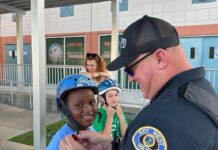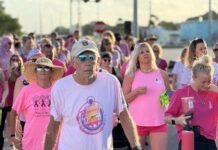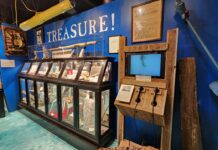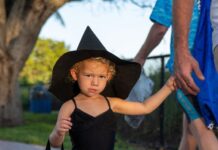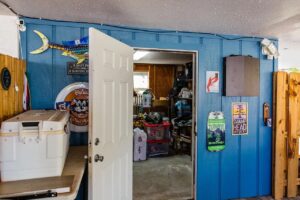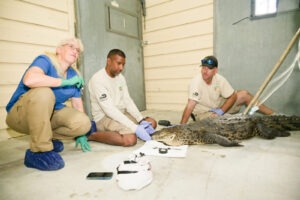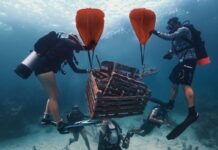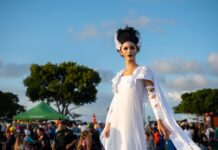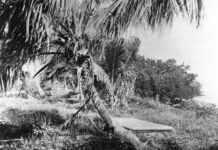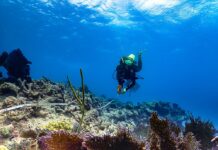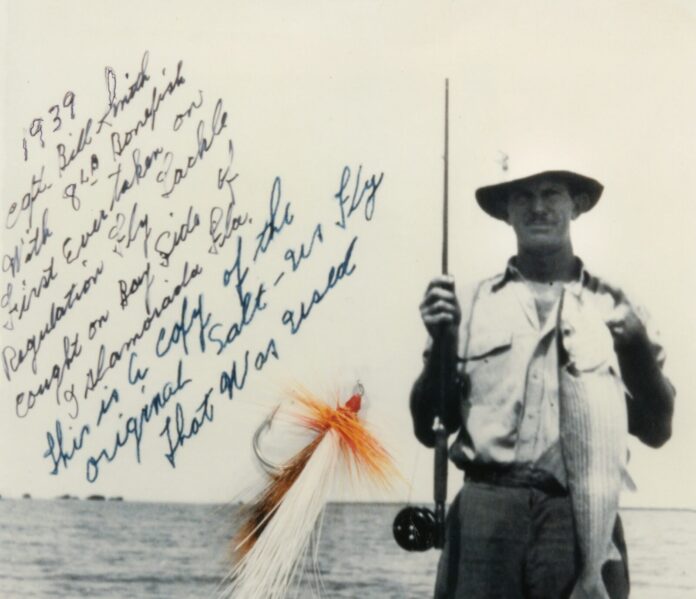
Bill Smith holds a special place in fishing history. He showed up in the Keys as a 19-year-old.
In 1928, Smith was approved for a captain’s license by the Coast Guard and began working as a charter boat captain at Doc Lowe’s Tavernier fishing club. Doc Lowe was Edward Lowe, who served as a medic in the Spanish-American War. Though he was not a licensed doctor, during the building of the Key West Extension of Henry Flagler’s East Coast Railway, Lowe was placed in charge of the hospital for railroad workers in Marathon.
Smith left the Keys in 1930, but came back in 1934 and started working at Ed and Fern Butters’ Matecumbe Hotel on Upper Matecumbe Key. For his guiding services, Smith was given room and board and half of the proceeds from tourists booking fishing charters. It was not full-time work.
Also in 1934, three work camps were constructed in the Upper Keys, one on Windley Key (Camp 1) and two on Lower Matecumbe (Camps 3 and 5). The camps housed men brought to the islands to build a series of automobile bridges. Had the job seen fruition, the system of bridges would have roughly paralleled Flagler’s train tracks between Lower Matecumbe and Big Pine Keys.
Fortunately for Smith, some of the men in charge of the camps and the bridge projects were staying at the hotel. Fern Butters served the supervisors three meals a day. When Smith wasn’t fishing, he helped Fern serve the meals and clean up afterward. One of the supervisors offered Smith a position as a nighttime security guard at Camp 3.
By his own admission, Smith spent most of his time working security inside his car beside a furry terrier that loved boat rides. His primary job was ferrying management between their living quarters aboard the barge Sarasota, anchored just offshore, and the work camp. When someone wanted to leave the Sarasota, they signaled Smith by turning on a light. It didn’t take long for his dog to make the connection between the light suddenly glowing in the distance and a trip on the boat. If Bill was napping, as he often was, the dog barked to wake him up.
Smith and about 30 others rode out the 1935 Labor Day Hurricane aboard the Sarasota. With bad weather approaching, the barge was moved inside a 1,000-foot canal dredged out months prior – in case of just such an emergency. Heavy anchors with thick lines were secured deep within the mangrove thickets on either bank. The Category 5 storm didn’t care. Sustained winds screamed at 185 mph. The ocean rose more than 17 feet. Battered and yanked from its mooring, the Sarasota was tossed around and damaged, but everyone onboard survived. Few in the work camps would be as lucky.
Like Smith, Doc Lowe survived the Labor Day Hurricane of 1935. His account was published in the Miami News on Sept. 4, 1935: “In one corner, huddled in stark fear were Mr. and Mrs. Doc Lowe, their son and daughter-in-law, and the latter’s nine-month-old baby. They were too frightened to talk at first. Doc was wounded in the head, maybe seriously. But they finally told us of the four of them taking turns holding the baby and clinging to a tree for four hours, before they were able to make their way to the Prevo bungalow.”
Like Doc Lowe, Smith stuck around after the hurricane. In 1937, his life changed in a way that has changed many lives. A girl arrived. Her name was Bonnie. Bonnie grew up near Jacksonville, on Pelotes Island, where she speared flounder with her sisters, Beulah and Frankee. All three moved to Islamorada and became fishing guides. They all married fishing guides, too.
In 1939, Smith had a client from Alaska named Mr. Crawford who brought fishing flies he used to catch salmon to the Keys, hoping to hook a tarpon. The silver kings showed zero interest in salmon flies, and, at the end of that first day of the charter, Smith asked another local guide, who was catching tarpon on flies, for his secret. Leo Johnson, the guide, told Smith to wrap a piece of pork rind around the hook.
On the second day of the charter, Smith wrapped a little pork around the fly, and Mr. Crawford caught a couple of tarpons. When he cast the augmented fly at a school of bonefish, he hooked two of those, too. Back at the dock, Smith wanted to weigh one of the fish and brought a bonefish to the local grocery store. There, he ran into writer George La Branche, a respected fly-fishing specialist who believed in a soft touch and accurate placement. The book he is most famous for, “Dry Fly and Fast Water,” was published in 1914. His second book, “The Salmon and the Dry Fly,” was published in 1924.
La Branche had a home on Upper Matecumbe Key, built in 1937. When Smith saw him, he boasted that he had caught a bonefish on a fly rod. La Branche asked to see the fish, and when Smith presented it, the bonefish still had the original fly embedded through its lip. A sliver of pork rind was still wrapped around the shaft. As soon as La Branche saw it, he called the catch bogus, referring to the fly as little more than bait.
Smith took the criticism to heart and spent several months working to perfect a legitimate bonefish fly. Hard work, as it generally does, paid off, and Smith eventually tied a combination of ostrich feathers, brown squirrel hair, red and yellow hackle, red and orange thread, and a 1/0 hook. He called it the Salt-Us after one of his clients who loved catching bonefish, Mr. Saltus.
In the early summer months of 1939, Smith cast the Salt-Us at a school of bonefish in the grassy shallows surrounding Upper Matecumbe Key. As it hit the surface, an 8-pound bonefish bit, and Smith reeled in the first recorded bonefish caught on a fly. It was captured on film. The caption written on the image accompanying this story reads: “1939, Capt. Bill Smith with 8lb bonefish. First Ever taken on regulation fly tackle. Caught on bayside of Islamorada, Fla. This is a copy of the original Salt-Us fly that was used.”


